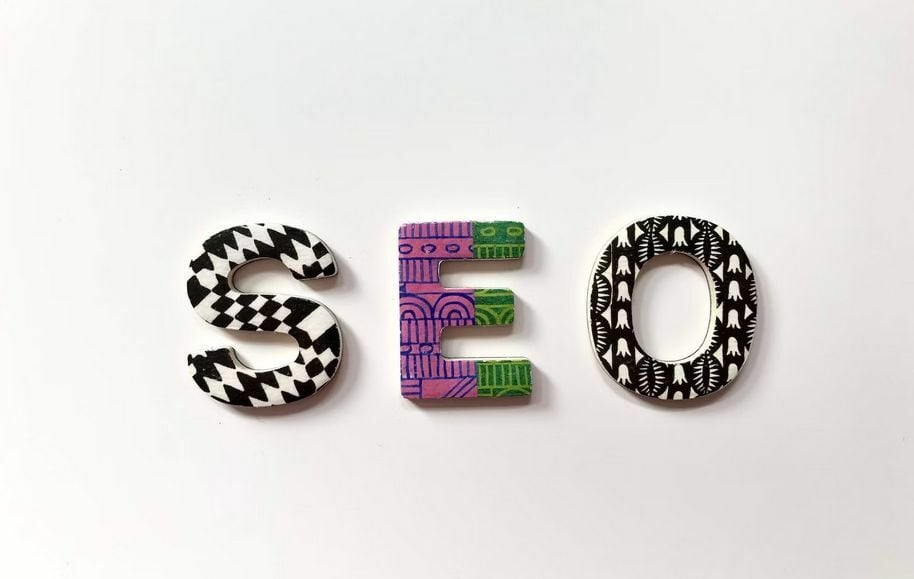The potential of user generated content in social media marketing
User generated content (UGC) is a new thing that has changed the game on social media. Businesses are changing how they market online because of this type of material, which is made by regular people instead of brands.
The user generated content is content that is made by users, like regular people who show support for a brand. There are pictures, movies, reviews, and blog posts that people share about their experiences with a product or service. UGC is a strong force that can’t be ignored in the world of social media marketing.
It’s not a professionally polished ad made by a marketing team; real people talking about real events. People connect with this kind of honesty, which helps brands build trust and trustworthiness. This piece looks at the use of user generated content in social media marketing and tries to figure out what makes it work.

Photo courtesy of Taras Shypka (Unsplash)
The power of content made by users
When it comes to marketing, standard methods often fall short when it comes to UGC. Businesses don’t have to rely on carefully thought-out brand messages; they can also show real success stories from their users. These stories, whether they’re a great review, a user-made movie, or an interesting picture, say a lot. They show people who might buy something that real people think is worth it.
User generated content also has a big effect on social media sites. When users share content about a brand, they are representing that brand. This kind of natural promotion can help you get seen by more people, hitting groups that traditional marketing might miss. There is a big effect of user generated content on social media that helps a brand reach more people than other ways could.
Businesses that want to use UGC effectively need to know about the latest trends and ideas in this area. As long as brands know what users like, they can make sure their UGC strategies have the most effect. This could mean making the most of popular hashtags, learning what kinds of content go viral, and changing how you respond to changes in how people use your app.
Using user generated content for social media marketing
The key that businesses can make use of UGC is to know how to find the right balance between promoting user generated content and staying true to the brand’s character. It’s about using the power of your crowd as a whole while keeping your brand’s image consistent.
Different types of plans can be used to include UGC. Some examples are using branded hashtags to get customers to share their experiences, holding events that get people to join, and using user generated content on official brand pages. The brand and its viewers should be able to work together to tell a story, with each contributing to it.
Getting people interested in user generated content
Approaching the task of getting people to help create material with care is needed. For users to feel safe sharing their experiences, brands need to make a space for them to do so. This means showing off the good things and also recognising and responding to any negative comments. When a brand is open to both praise and feedback, it shows that it is real.
To make UGC-driven social media efforts, you need to know what drives people to take part. Whether it’s the chance to be mentioned on the brand’s page, special discounts, or just the pleasure of sharing, the incentives need to be relevant to the people you want to reach.
It’s not enough to just count likes and shares to know if a UGC effort was successful. Brands should look into metrics that show how the change affects how people see the brand, how loyal they are to it, and how engaged they are with it generally. Knowing the good and bad points of user generated content can help brands make their plans better so they can keep getting better.
How to do UGC right on social media and some tips
With any plan, there are things that work best and things that you should avoid. While brands want to encourage UGC, they should also try to stay true to their brand. It is important not to put too much promotional content, as this can make user generated content seem less real.
Also, it’s important not to put too much stress on certain keywords in UGC. Using proper words in a natural way is good for SEO, but the main goal should still be to provide value to the audience. Keywords should add to the real events that users share, not take away from them.
To optimise social media with user generated content, you need to know a lot about how the platforms work. It’s important to make sure that your UGC fits with the algorithms of each site so that it gets the most attention.

The bottom line is that user generated content has a lot of promise for social media marketing. People are more likely to believe and stick with a business that use the honesty of UGC. The path of UGC on social media is a fun and interesting one. It starts with sharing success stories and ends with measuring success.


